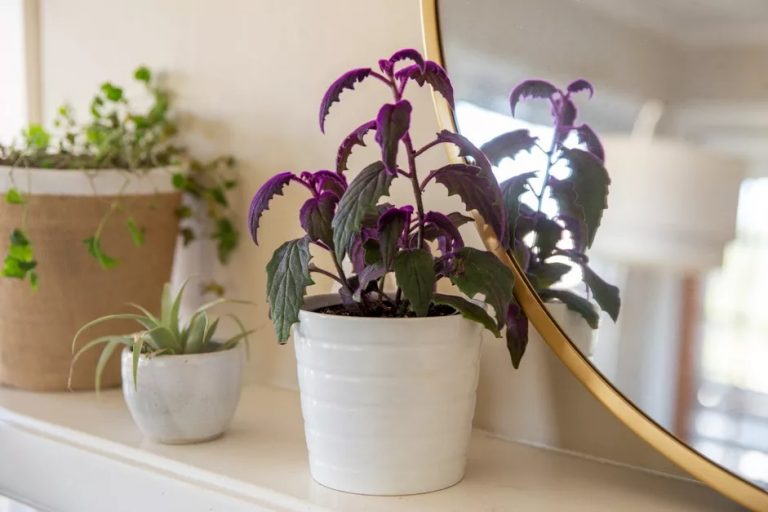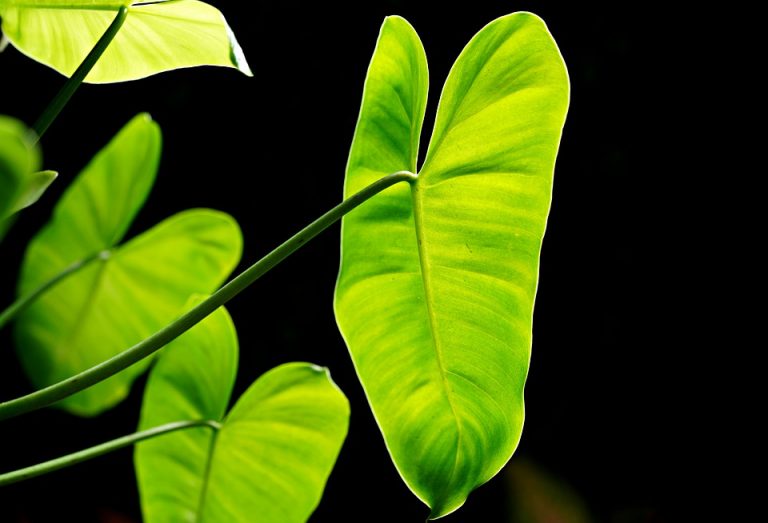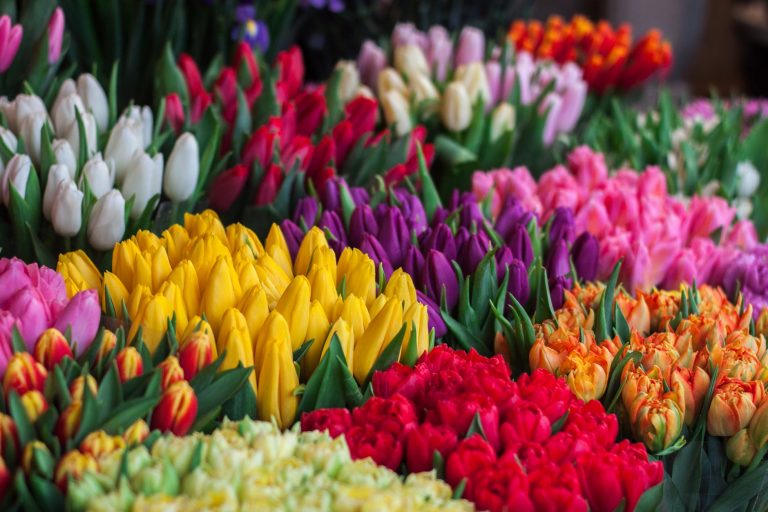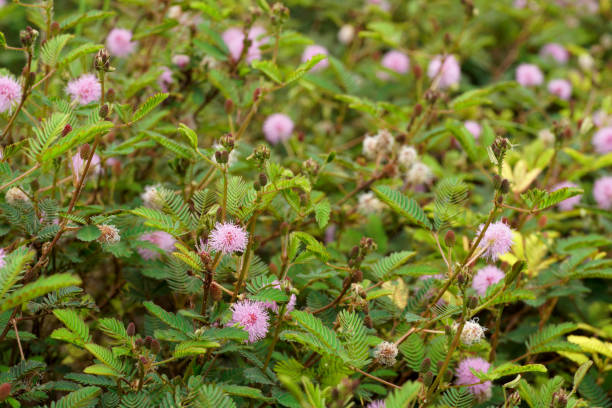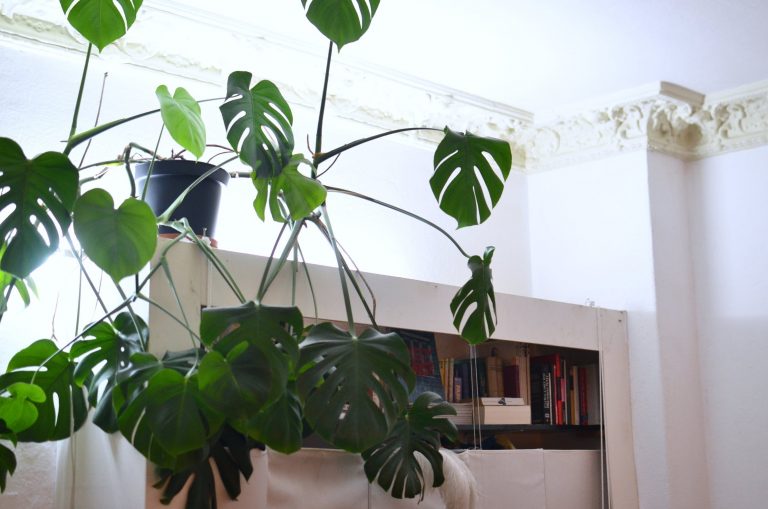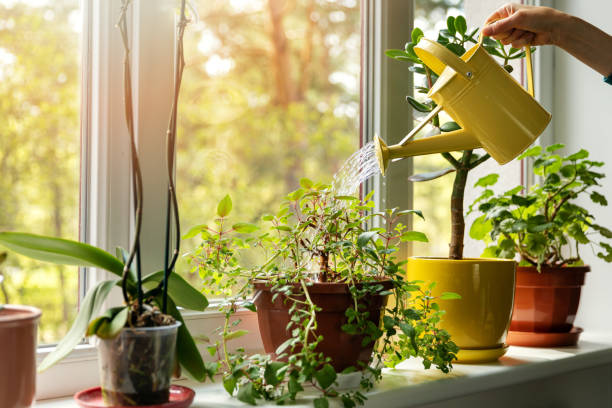What is a Peace Lily: a New Generation of Indoor Potted Flowers
Peace Lily is a perennial herb in the Araceae family. Plants 30-40 cm tall, stemless or short, leaves oblong or sublanceolate, with conspicuous midvein and petiole, dark green. Flowering in spring and summer, the spathe is large and conspicuous, rising above the leaf surface, white or slightly green, and the fleshy spike is milky yellow. Native to tropical America, widely cultivated around the world. Peace Lily is very beautiful when it is in flower, and it is also an excellent indoor potted leaf plant when it is not in flower. It’s a new generation of indoor potted flowers. Peace Lily can filter indoor exhaust gas and has certain cleaning effects on ammonia, acetone, benzene, and formaldehyde. It can also be used as cut flowers.

Morphological Characteristics
Herbs perennial. Plants 30-40 cm tall, sessile or short, tuber or elongated rhizome, sometimes thickened and woody. Leaves basal, elliptic-lanceolate, acuminate at both ends, veins conspicuous, petiole long, dark green, sheathed at the base, entire or divided.

Spring-summer flowering, scape erect, rising above the foliage, spathe erect upward, large and prominent, slightly curled, white or greenish, spikelets terete, milky yellow. Large species, dark leaves, small white flowers, slow-growing. Flowering May-August.
Distribution Range
Peace Lily is native to tropical America and widely cultivated around the world.
Growth Habit
Like high temperature and high humidity, but also more shade tolerance. Peace Lily has large leaves and is sensitive to humidity. It is afraid of exposure to strong light and enjoys 60-70% shade in summer. However, it is difficult for Peace Lily to blossom if there is insufficient light for a long time. The soil is fertile and humus-rich loam. The optimum temperature for growth is 22-28℃, 24-30℃ from March to September, and 18-21℃ from September to March of the next year. The winter temperature is not less than 14℃, and the plant growth is hindered when the temperature is lower than 10℃, and leaves are vulnerable to freezing damage. During storage and transportation, the temperature of the potted Peace Lily should be controlled at 13-16℃ and the relative humidity should be 80-90%, which can withstand the dark environment for 30 days.

Propagation Mode
Division Propagation
May and June are the best time for Peace Lily ramet propagation. The whole plant should be taken out of the pot, and the roots and stems should be cut from the base of the plant cluster. Each cluster should have at least 4 leaves.
Sowing Seeds
After flowering, Peace Lily can obtain seeds by artificial pollination. After seed collection, it needs to be sown immediately, and the germination temperature is 30℃, and it will germinate 10-15 days after sowing. If the temperature is too low when germinating, the seeds are perishable. After disinfection, callus and adventitious buds grew 45 days later.

Tissue Culture
After disinfection, the young inflorescence and lateral buds of Peace Lily were inoculated on MS medium supplemented with 10 mg/L 6-Beniamino-adenine and 2 mg/l indoleacetic acid. After 40-45 days, callus and adventitious buds grew, and then adventitious buds were transferred to MS medium supplemented with 2 mg/l indoleacetic acids, and rooting was induced in 30-40 days. Become a whole plant.
Cultivation Techniques
The Main Technical Points
- Soil: Potting Peace Lily requires loose soil with good drainage and aeration. Heavy soil should not be used. Generally, leaf mould soil and peat soil can be mixed with a small amount of perlite to form a matrix, and a small amount of organic fertilizer should be added as the base fertilizer.
- On the Pot: Put the good plants into the pot again, planted in the half shade to restore its roots, here need to pay attention to is in the time to cut with stem, and then coated with charcoal ash in the wound, to prevent decay. Wait for its root system to return to normal after the normal management on the line.

- Light: Light is very important for plant growth. Peace Lily needs good light both in winter and early spring, but it should be shaded gradually when the light is getting stronger. If it is appreciated in a shady place, it should not be exposed to the sun directly, which will be bad for the growth of Peace Lily.
- Temperature: Peace Lily is a high-temperature species and should be cultivated in a high-temperature greenhouse. The minimum temperature at night in winter should be 14-16℃, during the day should be about 25℃.
- Watering: Peace Lily should always keep the pot soil moist during the growth period, but not too much water, too much water will be wet for a long time, easy to cause root rot and yellow plants.

- Fertilization: Do not apply thick or raw fertilizer to Peace Lily fertilization. After applying solid fertilizer, water should be poured once. It is better to use thin fertilizer water instead of clean water, so that generally there will be no fertilizer harm, and Peace Lily will grow abundantly.
- Change Pot: Peace Lily should change pot once every 1-2 years. In combination with the change of pot, the root system should be pruned, some old roots and over-long roots should be removed, old soil should be removed, and new soil should be replaced to facilitate Peace Lily’s flowering.
Prevention and Control of Diseases and Pests
Peace Lily is the most popular insect pest during the growth period, and special insecticides of mites should be sprayed regularly for control, such as dicofol, solon, and pyridoxine.

The Main Value
Ornamental Value
Peace Lily can be potted or planted in clusters and rows on flower beds, shaded spots of gardens, stone groups, and edges of pools to play a greening role. Peace Lily flower stems are straight and beautiful. Potted plants adorn the living room and study, which are very comfortable and chic, elegant and beautiful. In the south, configuration small garden, poolside, corner place, have a unique style. In addition, the flowers of Peace Lily are also excellent decorative materials for flower baskets and flower arrangements.

Purify Air
The Peace Lily can filter indoor exhaust gas and has some effectiveness against ammonia, acetone, benzene, and formaldehyde. Peace Lily cultivated with water root can regulate indoor temperature and humidity through evocation, and can effectively purify volatile organic compounds in the air, such as alcohol, acetone, trichloroethylene, benzene, toluene, chlorine monoxide, ozone, etc. Especially for ozone purification rate is particularly high, placed next to kitchen gas, can purify the air, remove the cooking smell, lampblack, and volatile substances.

Plant Culture
- Language of Flowers: Successful career, smooth sailing.
- Stories: Beautiful, noble, virtuous, warm, friendship, self-confidence, pride.


